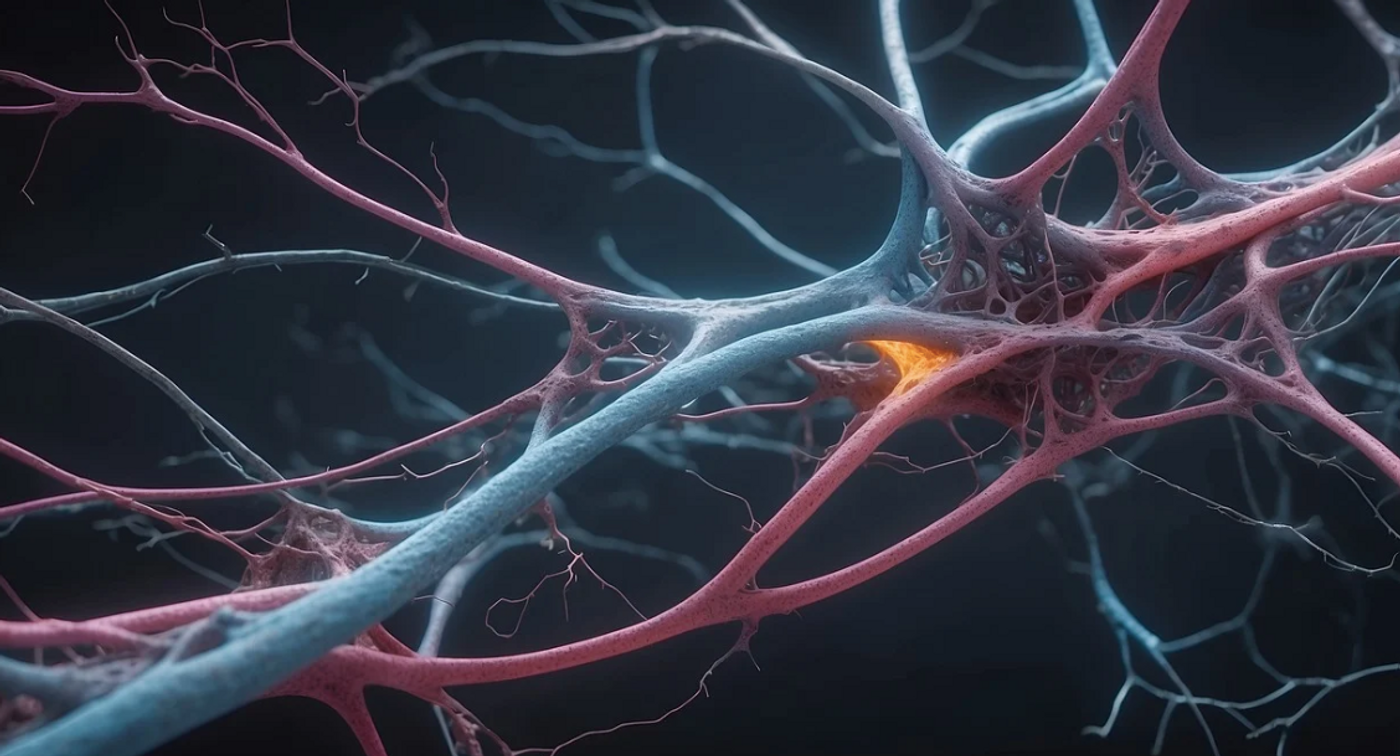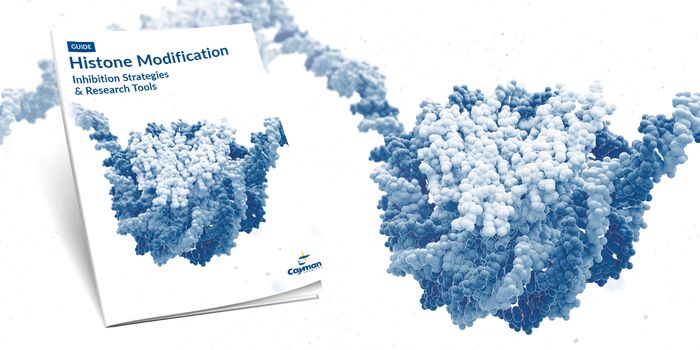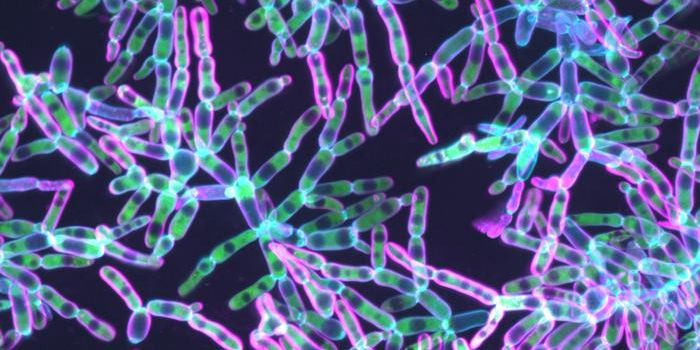Unusual Versions of Brain Genes are Linked to Alzheimer's
While human genes tend to have a start and stop site, not all gene transcripts are the same. Researchers have identified variations on this theme, which can include genes that have different start or stop sites, as well as many changes that can be made to gene transcripts, such as alternative splicing. Machinery in the cells can remove portions of the genetic transcript to create many different versions or isoforms of a gene.
One hallmark of Alzheimer's disease is known as tau neurofibrillary tangles. When the tau gene is expressed in the brain, it can be alternatively spliced, which creates different isoforms of tau. Normally, the healthy tau protein attaches to structures in cells called microtubules. But aberrant isoforms of tau lead to abnormal, misfolded tau proteins that create neurofibrillary tangles.
Now, researchers have found isoforms of other genes that are expressed in the brain, and the activity of these isoforms has been associated with tau tangles. The findings have been reported in Nature Communications.
In this study, the investigators utilized a technique known as long-read sequencing that can reveal more about gene expression in tissues, in this case the brains of a mouse model of tau pathology. The data was analyzed with novel methods to reveal the expression of various isoforms in a region of the brain known as the entorhinal cortex.
The scientists mapped the expression of genetic isoforms in the mice, which were engineered to carry abnormal forms of tau. This work revealed hundreds of genetic isoforms made from genes that are known to have a causal contribution to Alzheimer's development. The team also identified gene isoforms that were linked to tau tangle formation.
Many of the isoforms that were found in mouse brains were then also identified in post-mortem brain samples from Alzheimer's patient volunteers, suggesting that the mouse data is relevant to human pathology. This team has previously linked genetic isoforms in the brain with a variety of diseases.
"This is incredibly exciting research which gives us far greater detail on how genes involved in dementia are expressed in the brain and reveals potential new drug targets for treating Alzheimer's disease that could one day disable the mechanism by which the tau accumulates," said senior study author Professor Jonathan Mill, of the University of Exeter Medical School.
"The more we learn about the way Alzheimer's disease genes are expressed in the brain, the more we realize how much more there is to discover, and this paper is a significant step along that path."
Technological advances have enabled scientists to analyze the molecular changes that occur in the brain during disease in greater detail than ever, noted lead study author Dr. Szi Kay Leung, also of the University of Exeter Medical School. "Through that we're learning that the complex pathway of gene expression is key in the development of Alzheimer's and could also hold the key to new treatments."
The investigators are sharing their analytical methods so others can use these tools to learn more about isoform expression and how those isoforms are connected to human disease.
Sources: University of Exeter, Nature Communications









